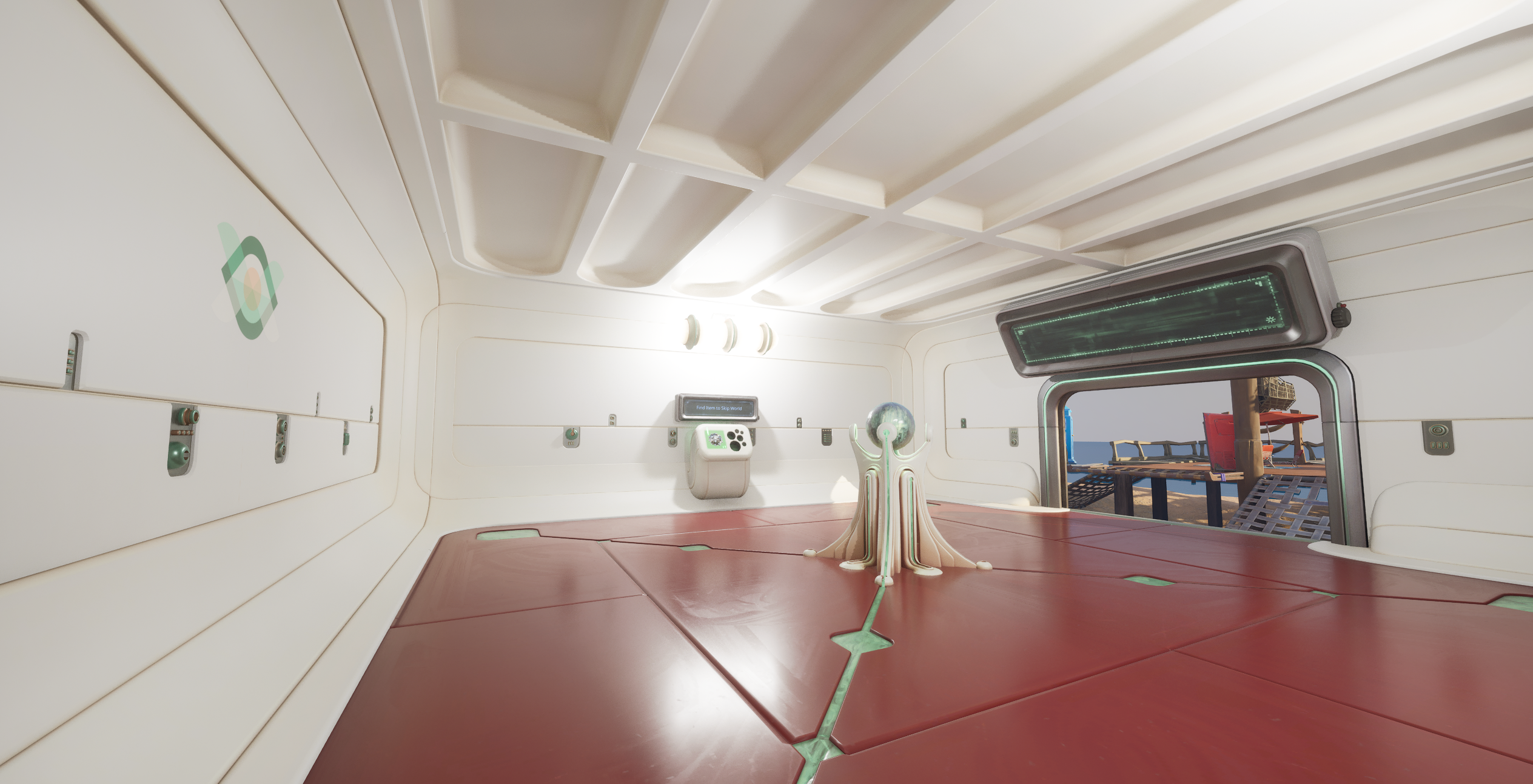Some environment work from WE GO is shown below. These assets were built as quickly as possible as I made the game entirely on my own in about four months. The materials are kept simple (for efficiency) and to match with Fortnite’s clean style.
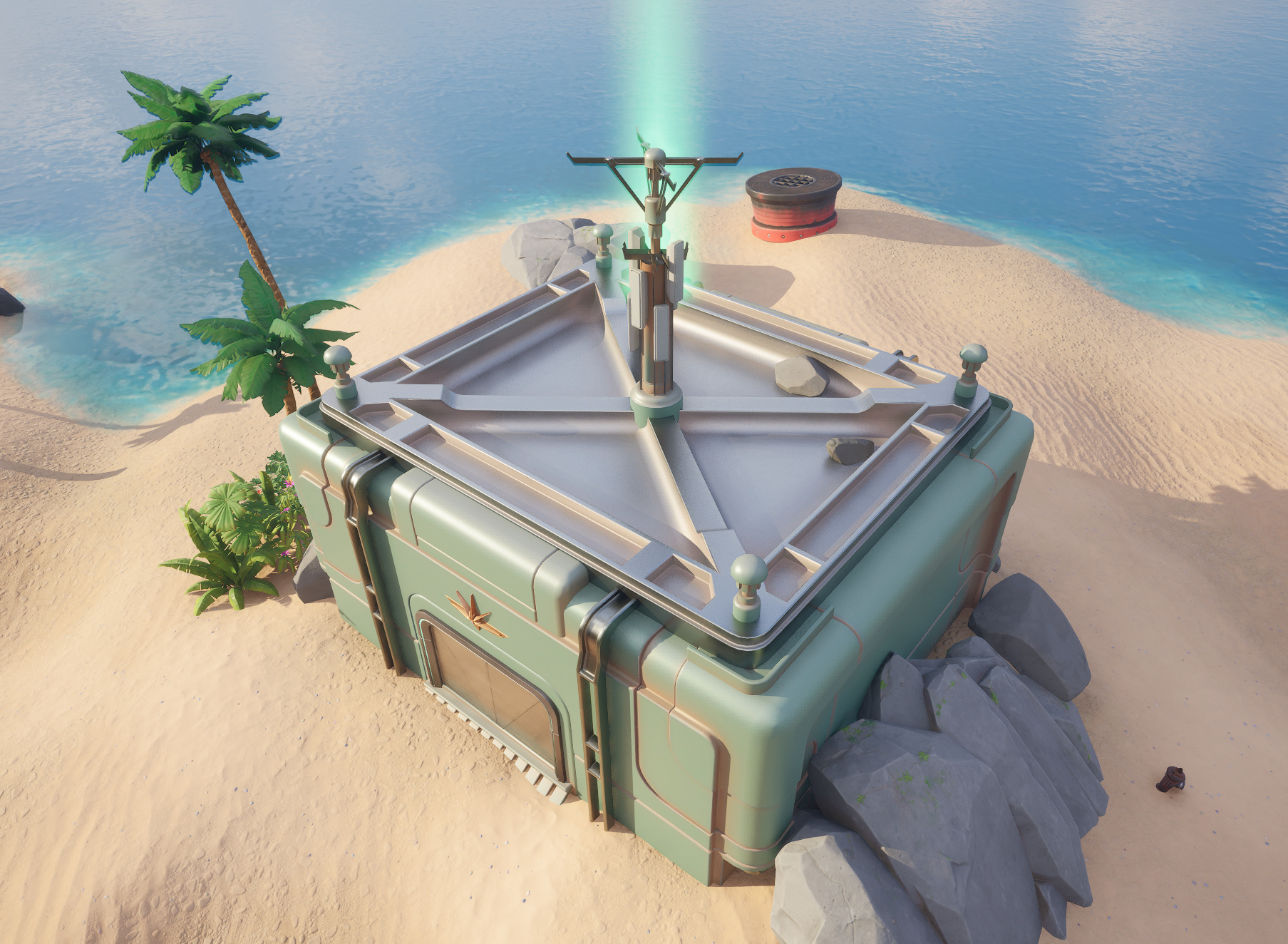
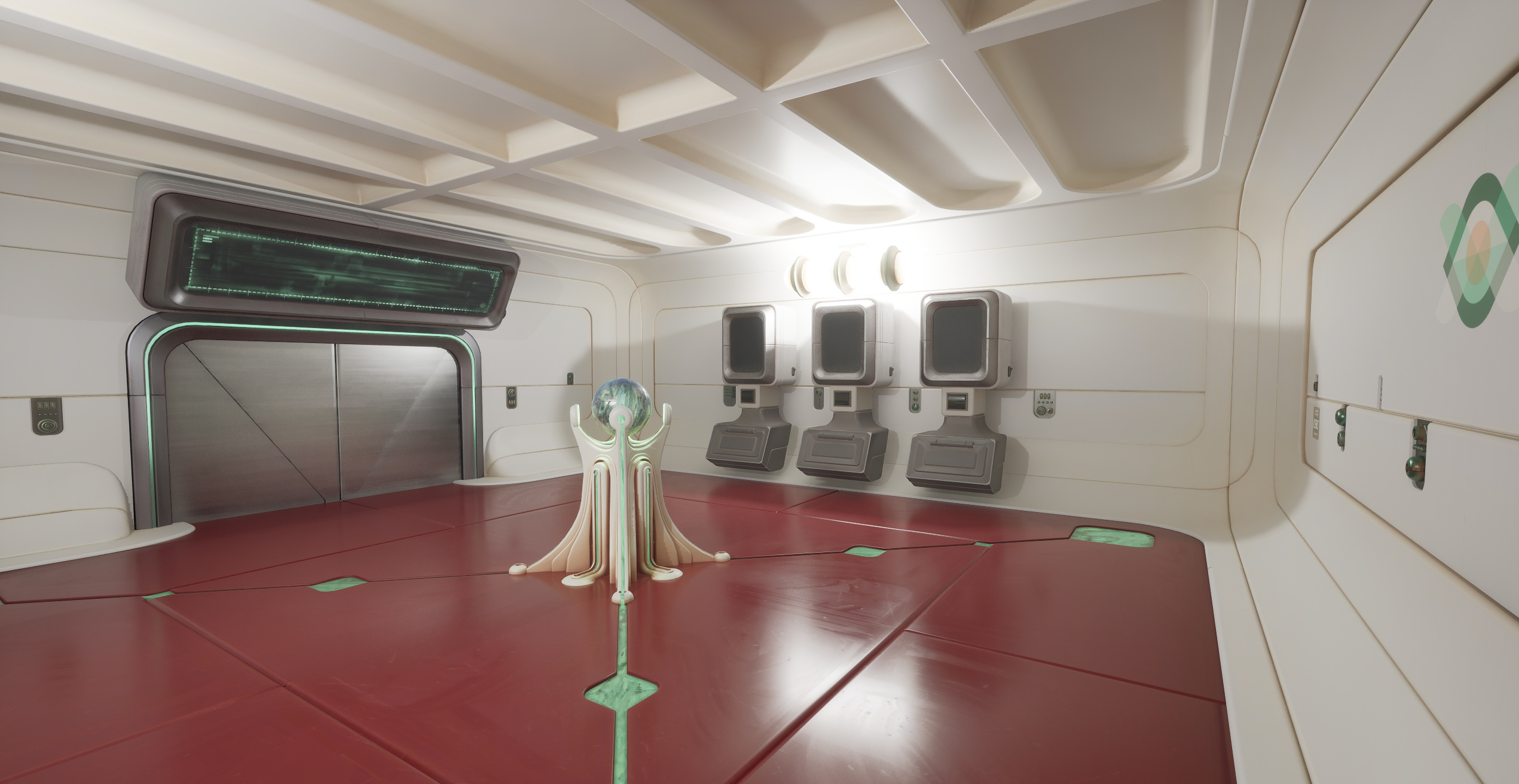











A modular ship designed around traversable zero-g interiors. The ship is big enough to have a full game level inside, while allowing the player to go outside to get around as well.

I started working with environments by painting skies and landscape textures for Warhammer Online. As the Lead Concept Artist on Warhammer, our team was developing architecture and landscape for a very well established IP that had no real sense of its architecture and landscape. Warhammer had always been focused on the miniatures – the characters – so it was our job to take those characters and develop the worlds they lived in.
Bethesda Game Studios has a well documented approach to environments – a kit-based modular process of building out its large open worlds in several passes. Working with the landscape, prop, and architecture teams (at BGS these were ‘world’ and ‘environment’) allowed me to gain a deep appreciation for the particular constraints of building worlds:
- How to develop geometry and collision with level design and navmesh at top-of-mind
- How to work with grids in ways that enabled visual variety and designer creativity
- How to fight texture memory constraints with trim sheets, material layering, and deferred decals
I was very familiar with character art at this point in my career and I can see the parallels in how good video game character design is fueled by a deep understanding of exactly how the end product will be rendered, animated, and modularized. Environment design needs a similar understanding of how to fill a world with performant assets, all while supporting gameplay and enabling environmental storytelling.
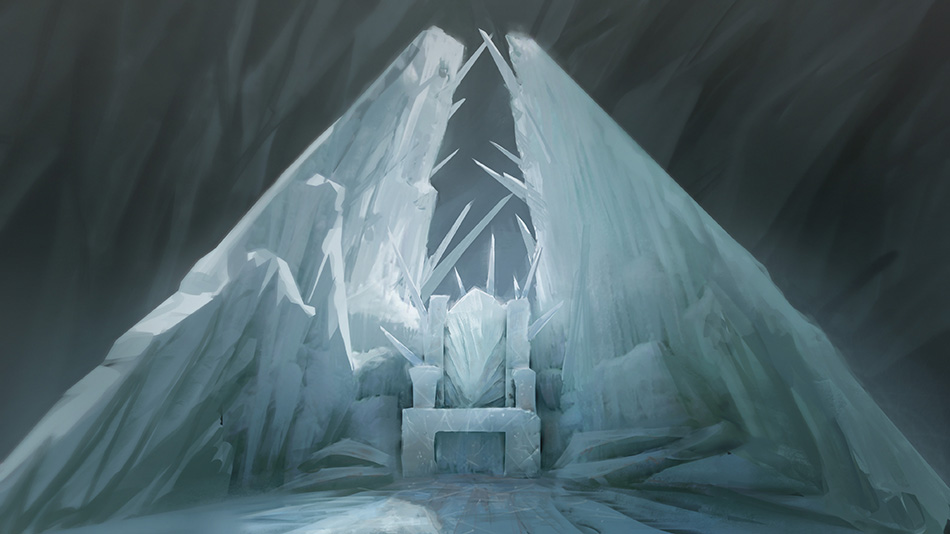
After Fallout 4 shipped, I led the internal effort to integrate 3D scanning into our art pipelines. We had already committed to scanning faces, and I pushed to add landscape assets to our list of capabilities. I developed a scanning, remeshing, and de-lighting pipeline that nearly automated the integration of 3D scanned assets.
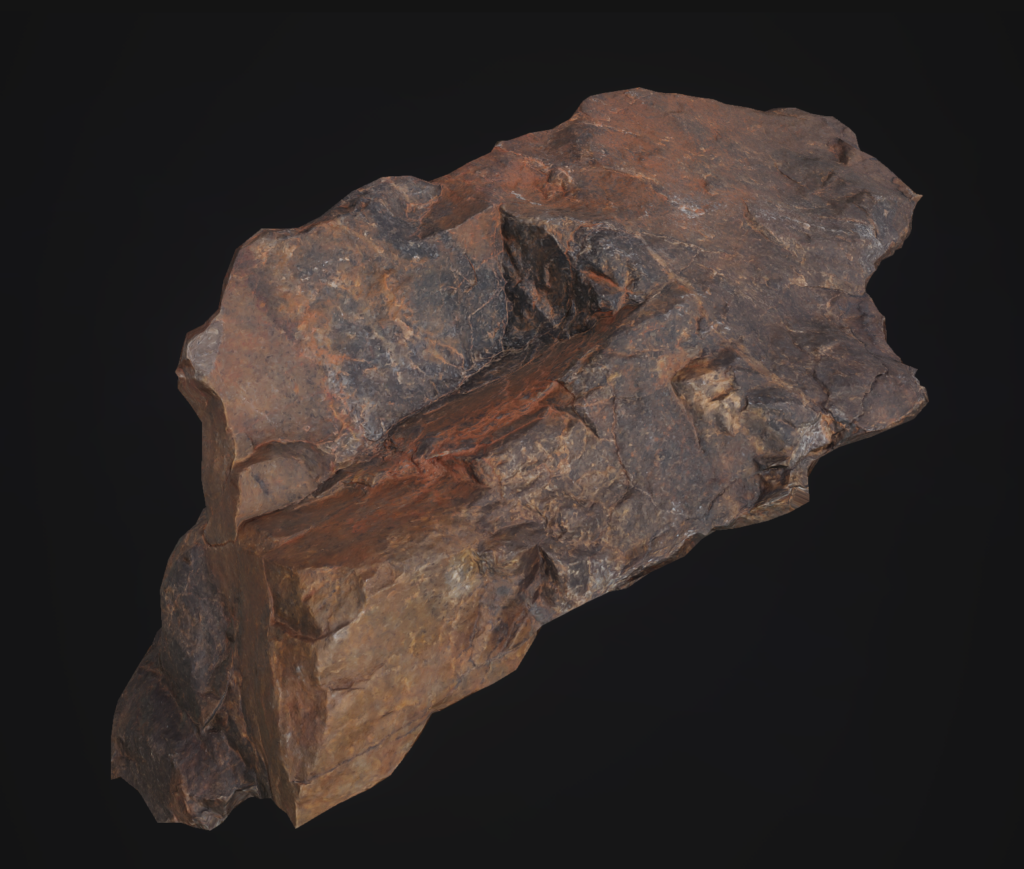
In my Art Direction roles and in my independent projects, I’ve had the chance to get more hands on with environment art – landscape, architecture, and prop. Material development is often at the core of how environment art is built. Efficient texture re-use is mandatory, and designing pipelines that allow artists to model and apply materials intuitively and quickly is not always obvious. Decisions made at the onset of projects will carry forward for years and have a massive impact on the aesthetics of the final game.
To see more of my environment art work, explore the site and check out my Artstation.
